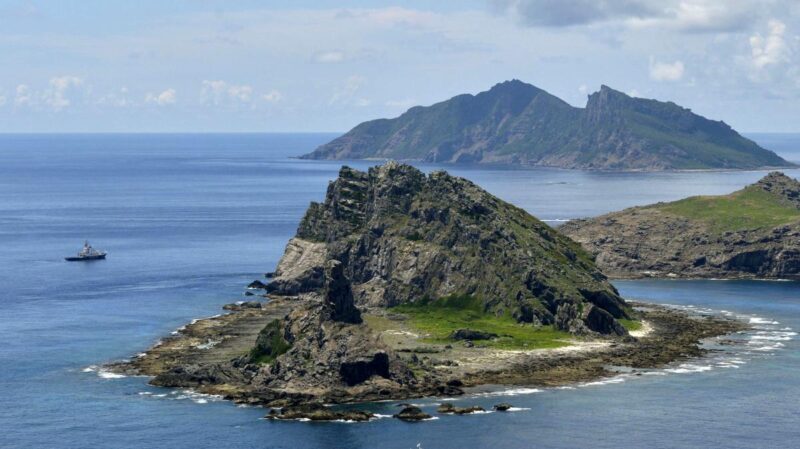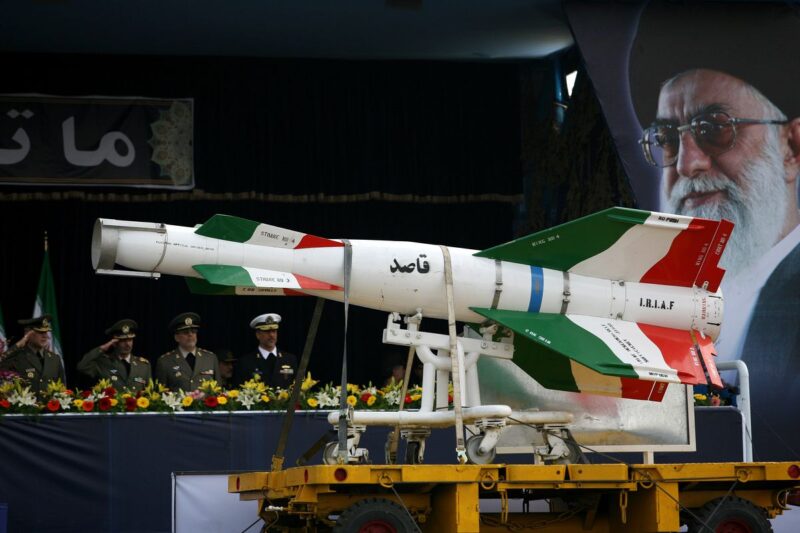The Gulf of Tonkin incident in early August of 1964 is a key point in American History. It is the flash of armed conflict that formally brought the United States into the Vietnam War (or, “American War” as the Vietnamese call it) through the passage of the Gulf of Tonkin Resolution. The actual history of this incident got all entangled in the politics of the time and resulted in a conventional wisdom/urban myth (check out the Wikipedia version here) which is 180 degrees from the actual facts.
In this program, Admiral Lloyd “Joe” Vasey, who investigated the incident contemporaneously, now sets the record straight. Interviewed by David Day, this is the very same Admiral Vasey that served as a junior officer to John McCain, Sr (Senator McCain’s father) during WW II and is the founder of the distinguished foreign policy thinktank in the Asia-Pacific Region, Pacific Forum, CSIS.
At the time this program was recorded, Admiral Vasey was 95 years old.
There were 2 U.S. destroyers involved in the Gulf of Tonkin incident. The first, the USS Maddox was fired upon on August 2, 1964. There was no dispute that the Maddox was engaged on August 2. There was a bullet hole in the ship to prove it. Because the Maddox carried sensitive and classified electronic equipment onboard, the USS Turner Joy was immediately dispatched to defend the Maddox and got between the Maddox and the incoming North Vietnamese patrol craft as its “shield.” It is the August 4 attacks on the Turner Joy that have been disputed by history. Admiral Vasey corrects the twisted history here.
Admiral Vasey wrote an extensive article in the August, 2010 issue of Proceedings, published by the U.S. Naval Institute, Annapolis, Maryland and reprints can be ordered here.
Admiral Vasey was Chief of Staff for Commander Seventh Fleet. Subsequently, he commanded a fleet of destroyers, was Secretary to the Joint Chiefs of Staff, and chief strategist for CINCPAC. He served as a submarine officer in the invasion of North Africa and then in the Pacific through World War II.








